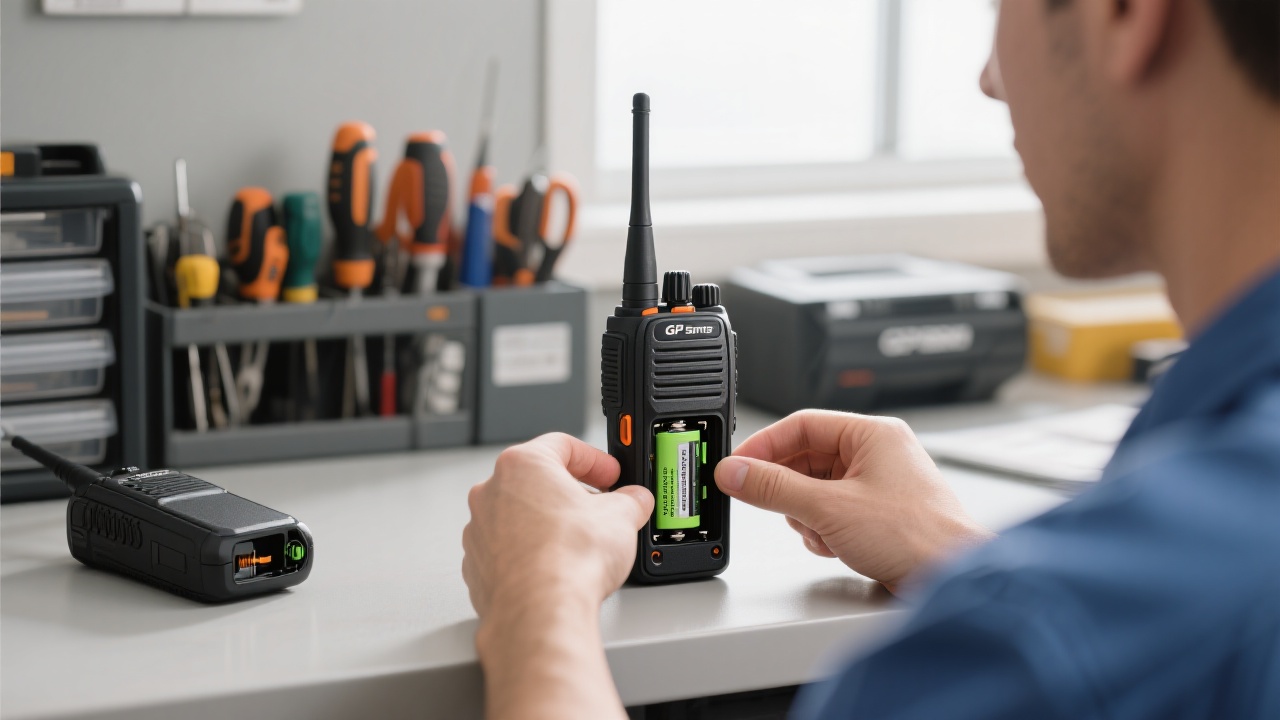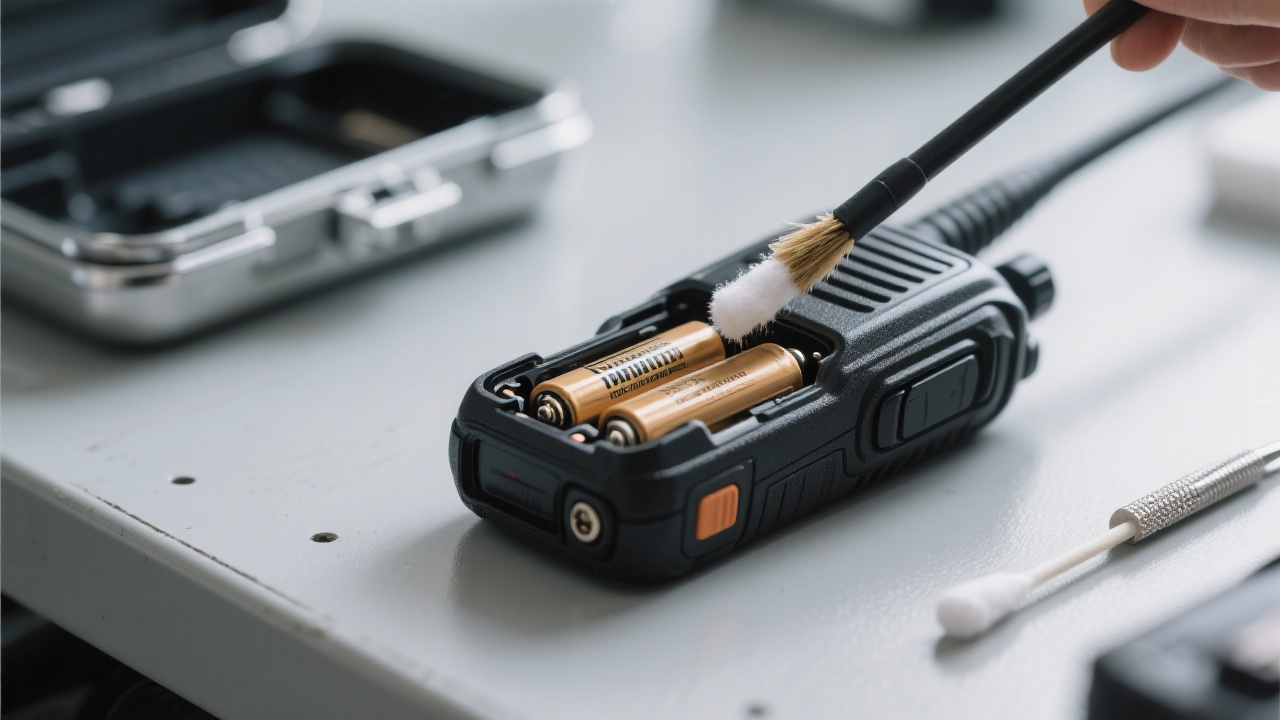
In the realm of wireless communication devices, battery selection is a critical factor that directly impacts product performance, user experience, and market competitiveness. The 7.4V thin battery has emerged as a popular choice, driven by the growing demand for high - performance, portable devices such as Motorola walkie - talkies.
Compared to traditional battery solutions, 7.4V thin batteries offer significant advantages in terms of portability and energy density. For instance, traditional lead - acid batteries may have a lower energy density, typically around 30 - 50 Wh/kg, while 7.4V thin lithium - ion batteries can reach an energy density of up to 150 - 200 Wh/kg. This means that for the same amount of energy storage, 7.4V thin batteries can be much smaller and lighter, greatly enhancing the portability of wireless communication devices.
In a real - world scenario, a wireless communication device using a traditional battery might weigh around 500 grams, while the same device equipped with a 7.4V thin battery could be reduced to 300 grams, a weight reduction of 40%. This not only makes the device more comfortable for users to carry but also improves its overall usability.

In practical projects, achieving efficient space utilization between the battery and the entire device is crucial. Through structural innovation, engineers can optimize the battery layout to fit seamlessly into the device's internal space. For example, in a Motorola walkie - talkie project, by adopting a modular battery design, the battery was divided into multiple small units that could be arranged in a more flexible way. This design not only increased the available internal space of the walkie - talkie but also improved the heat dissipation performance of the battery.
The following table shows the space utilization rate before and after the structural innovation:
| Design Type | Space Utilization Rate |
|---|---|
| Traditional Design | 60% |
| Innovative Design | 85% |
The Battery Management System (BMS) plays a central role in ensuring the safe and stable operation of 7.4V thin batteries. In terms of over - charge and over - discharge protection, the BMS can accurately monitor the battery voltage. When the battery voltage reaches the upper limit (e.g., 8.4V for a 7.4V battery), the BMS will automatically stop the charging process, preventing over - charging, which can lead to battery swelling or even explosion. Similarly, when the battery voltage drops to the lower limit (e.g., 6.0V), the BMS will cut off the power supply to prevent over - discharge, which can damage the battery's lifespan.
Temperature monitoring is another important function of the BMS. Lithium - ion batteries are sensitive to temperature. If the battery temperature exceeds 60°C, the chemical reactions inside the battery will accelerate, increasing the risk of safety accidents. The BMS can continuously monitor the battery temperature and activate cooling or heating systems as needed to maintain the battery within a safe temperature range.
In addition, the BMS is responsible for cell balancing. In a multi - cell battery pack, due to manufacturing differences, the voltage of each cell may vary. The BMS can transfer energy from high - voltage cells to low - voltage cells, ensuring that all cells have the same voltage level. This not only improves the overall performance of the battery but also extends its service life.

Industry experts predict that in the future, battery technology for walkie - talkies and other mobile terminals will continue to evolve. There will be a greater focus on improving energy density, reducing charging time, and enhancing safety. For example, solid - state batteries are expected to become a mainstream technology in the next few years. Solid - state batteries have higher energy density, better safety performance, and longer service life compared to traditional lithium - ion batteries.
By integrating 7.4V thin batteries with advanced BMS systems, wireless communication device manufacturers can significantly提升设备续航稳定性, 降低售后风险, and 增强客户信任度. This will not only meet the current market demand but also lay a solid foundation for future product development.
Are you facing challenges in battery design for your wireless communication devices? Click here to get 3 real - world solutions from the same industry.